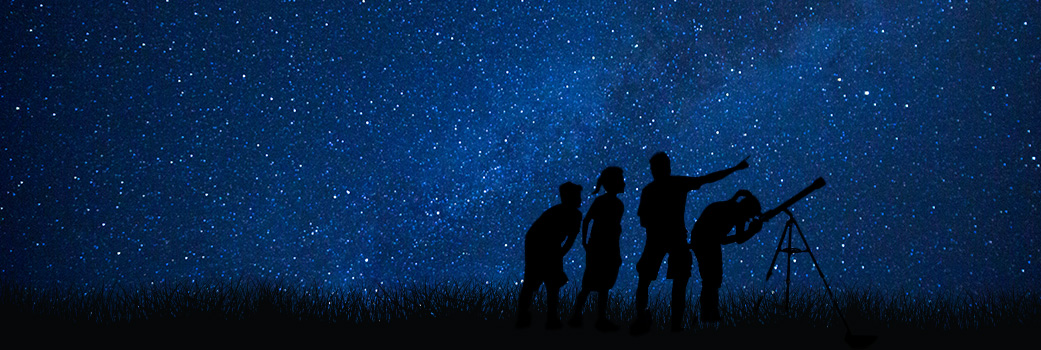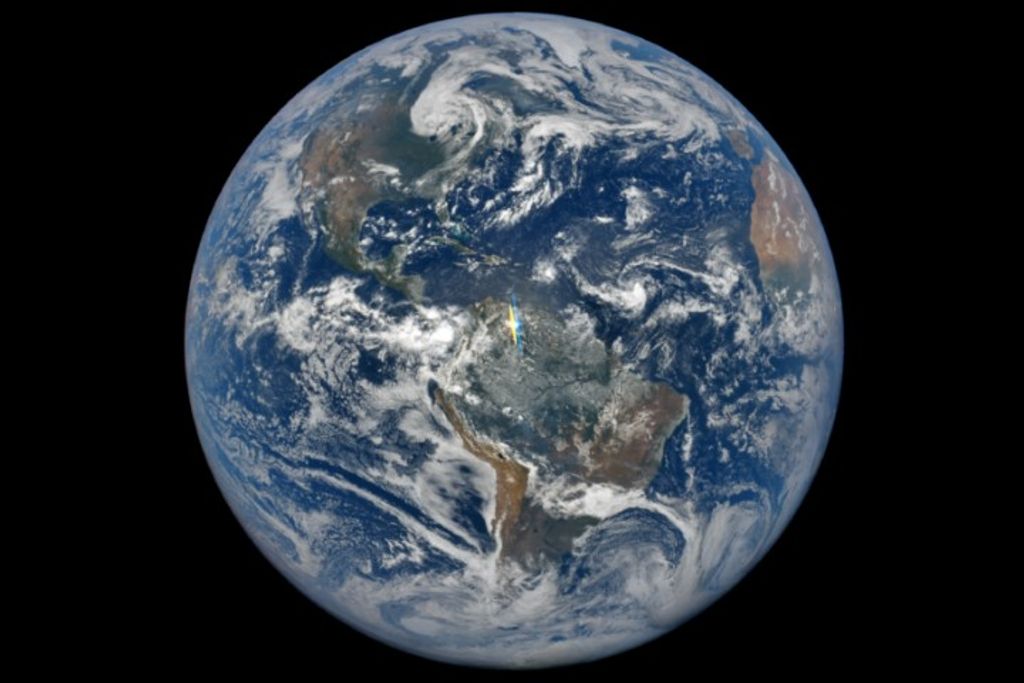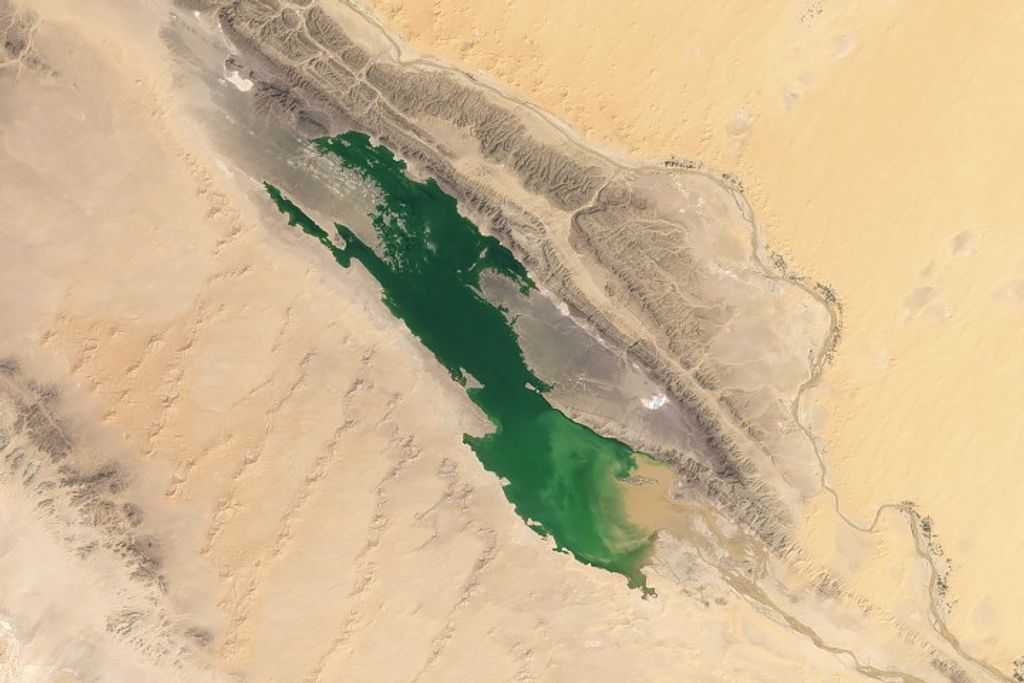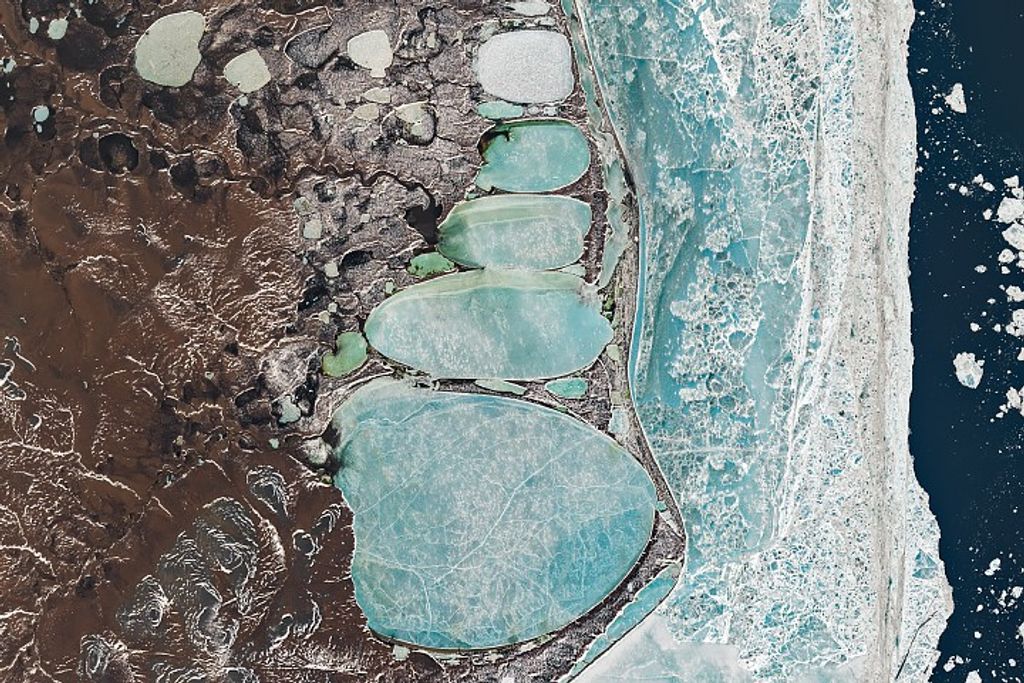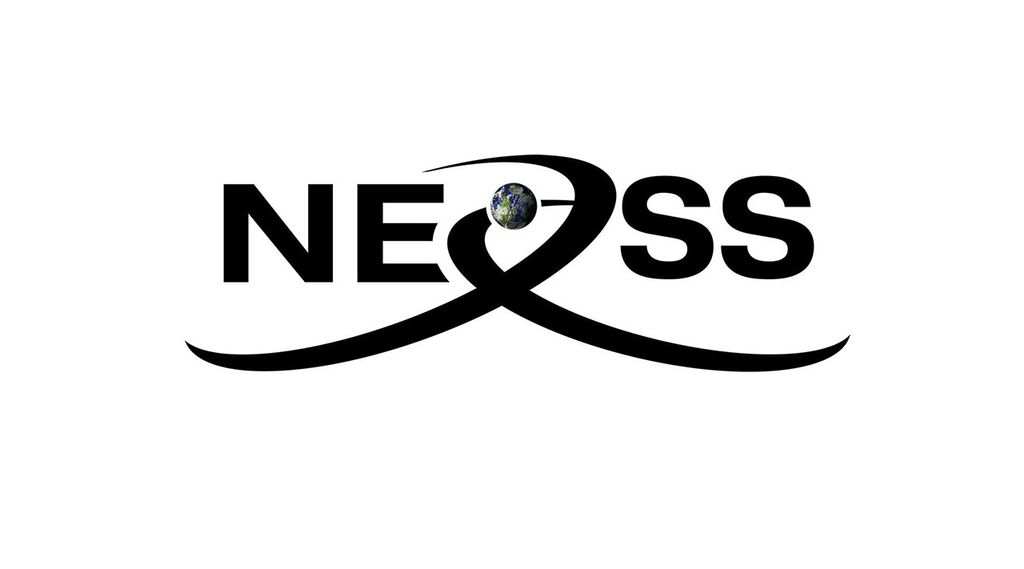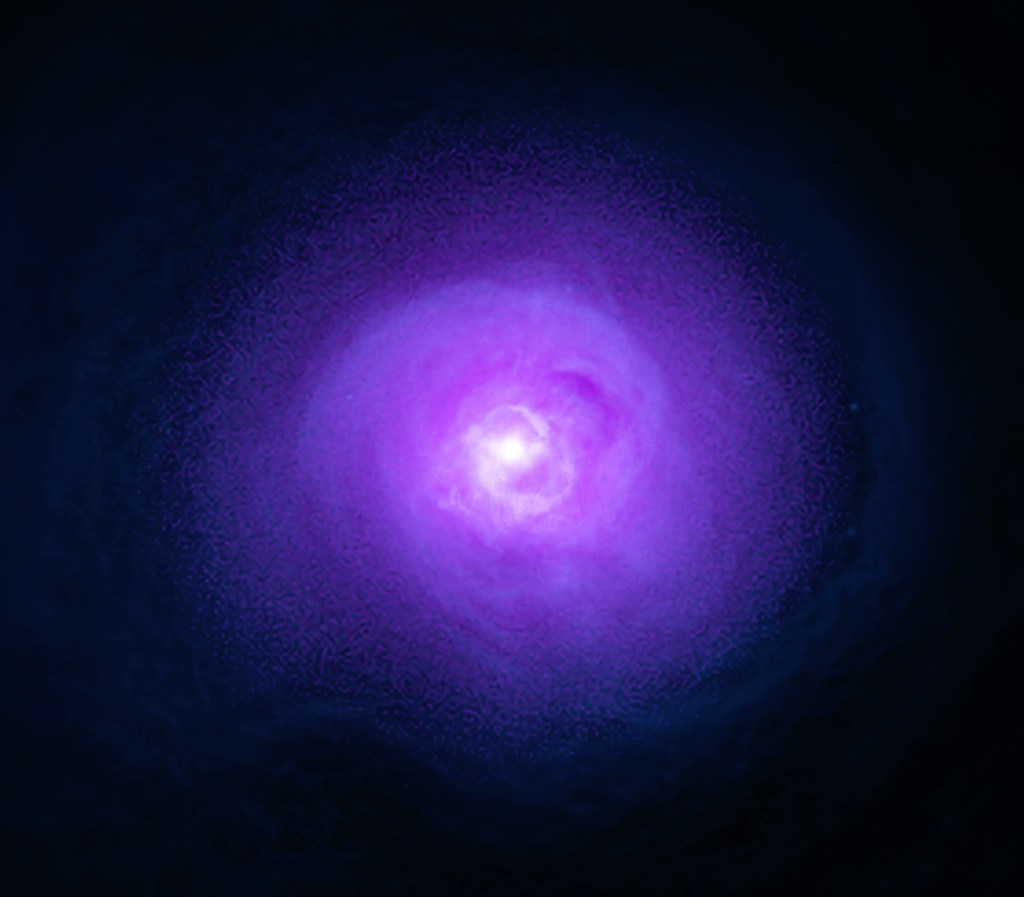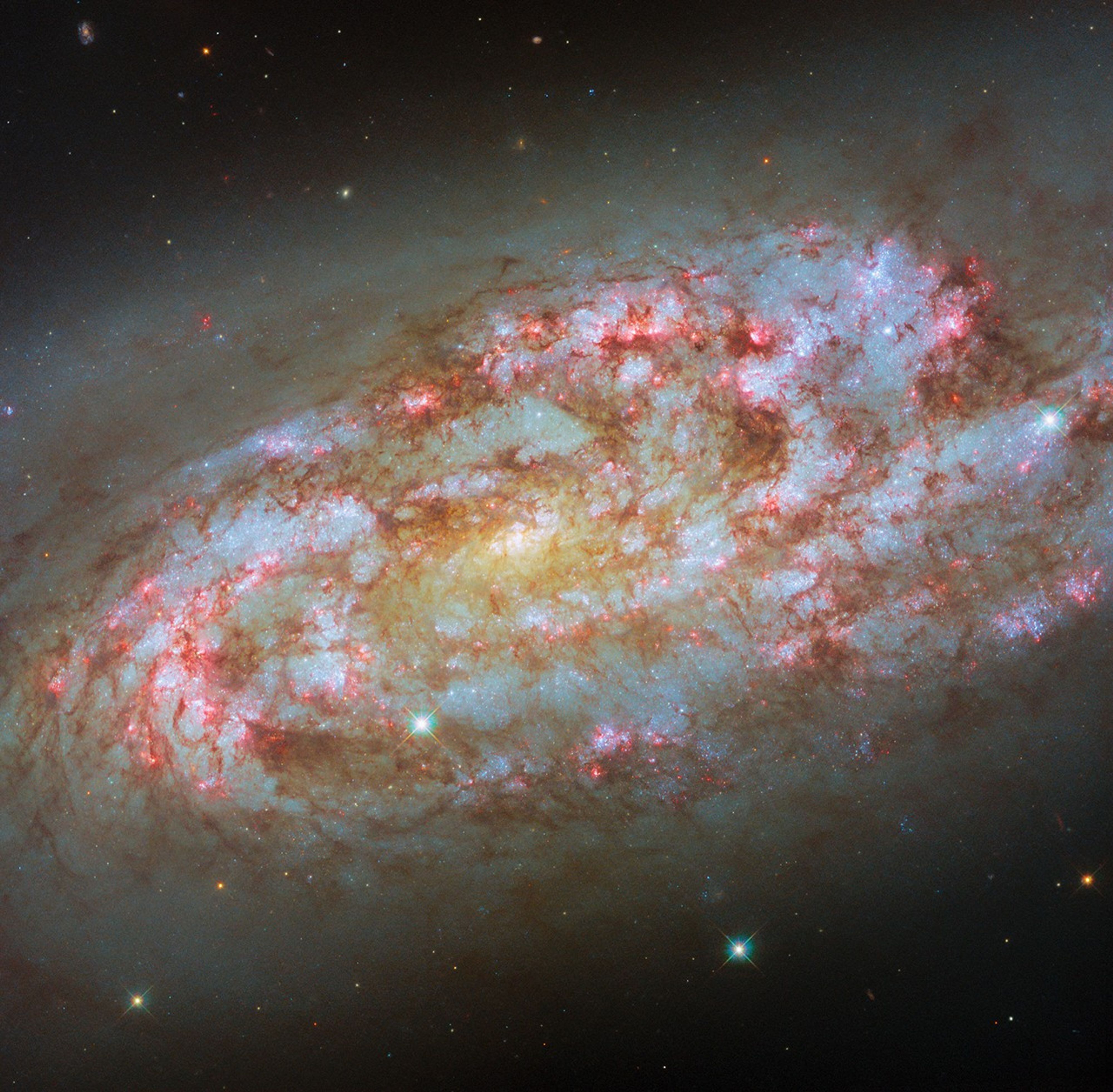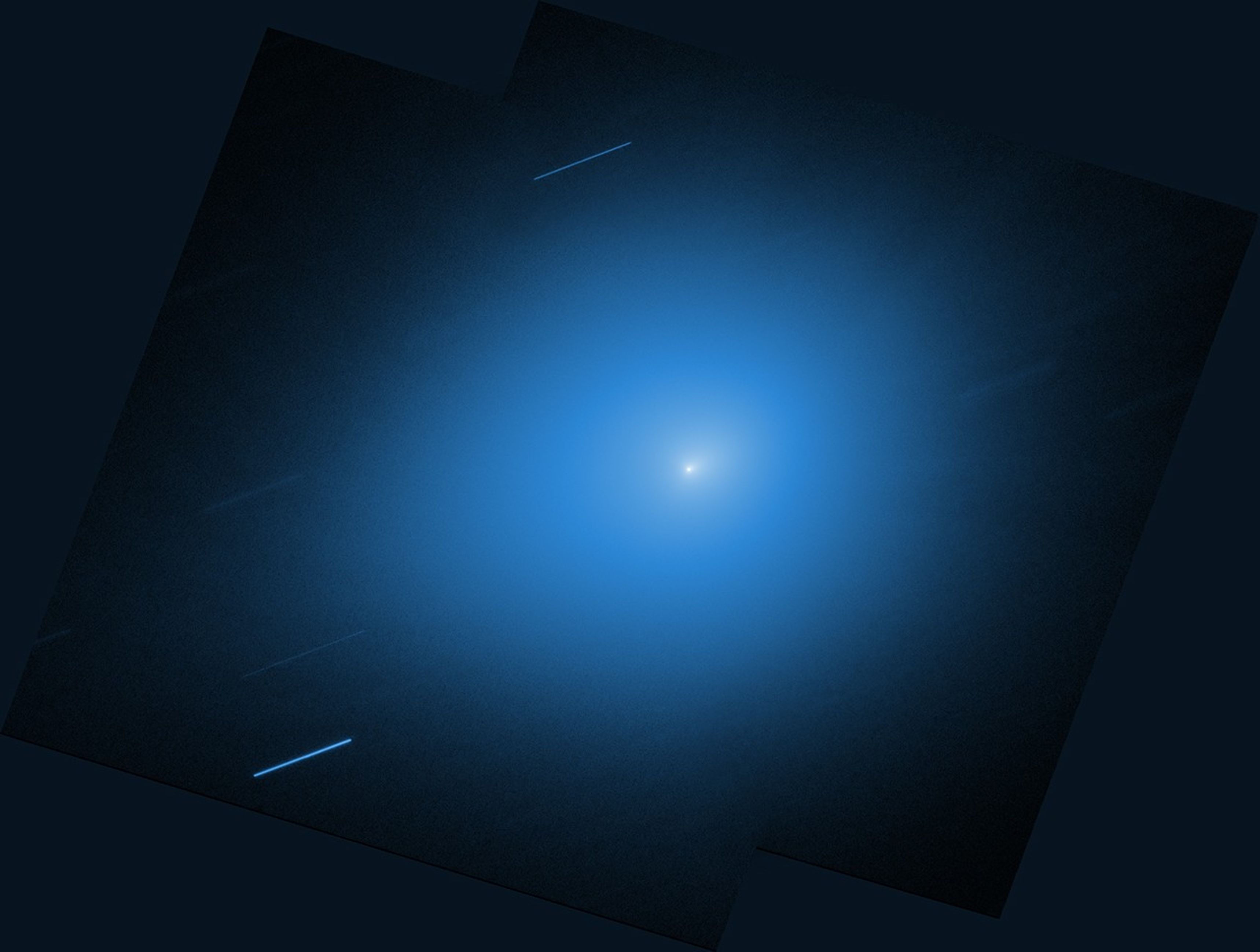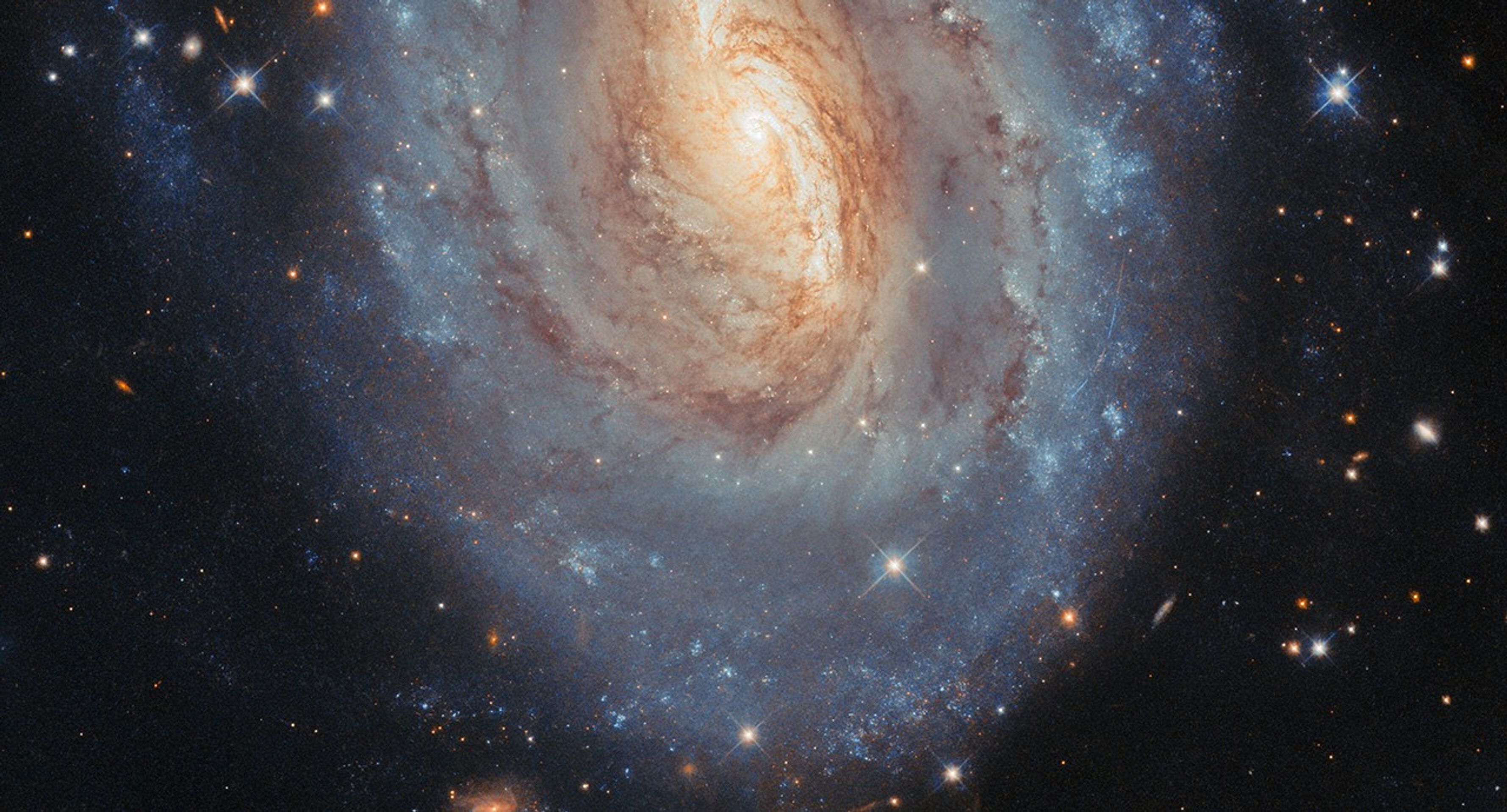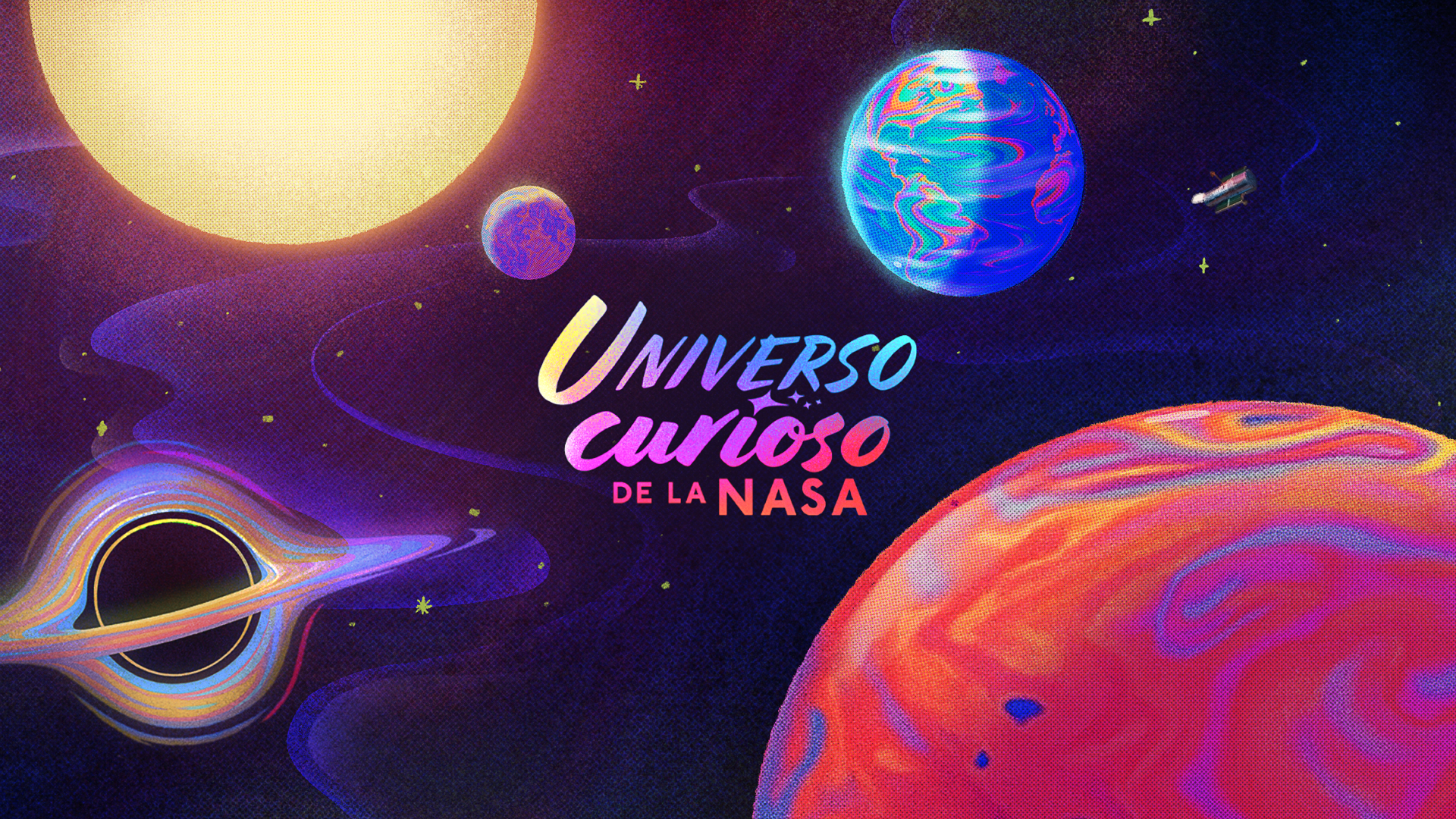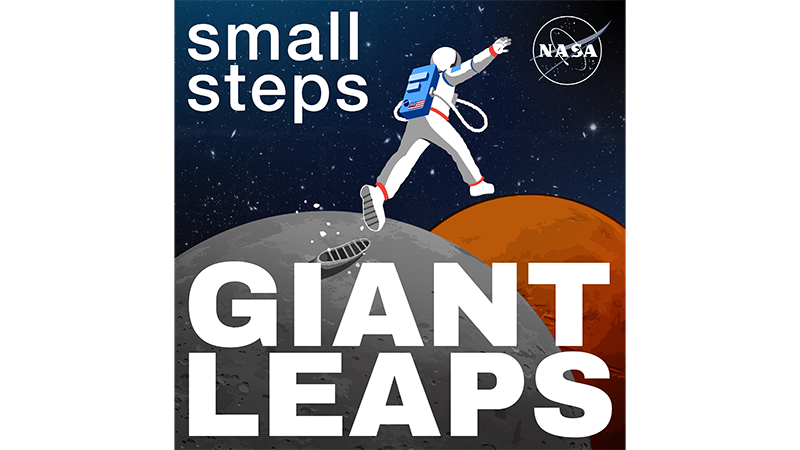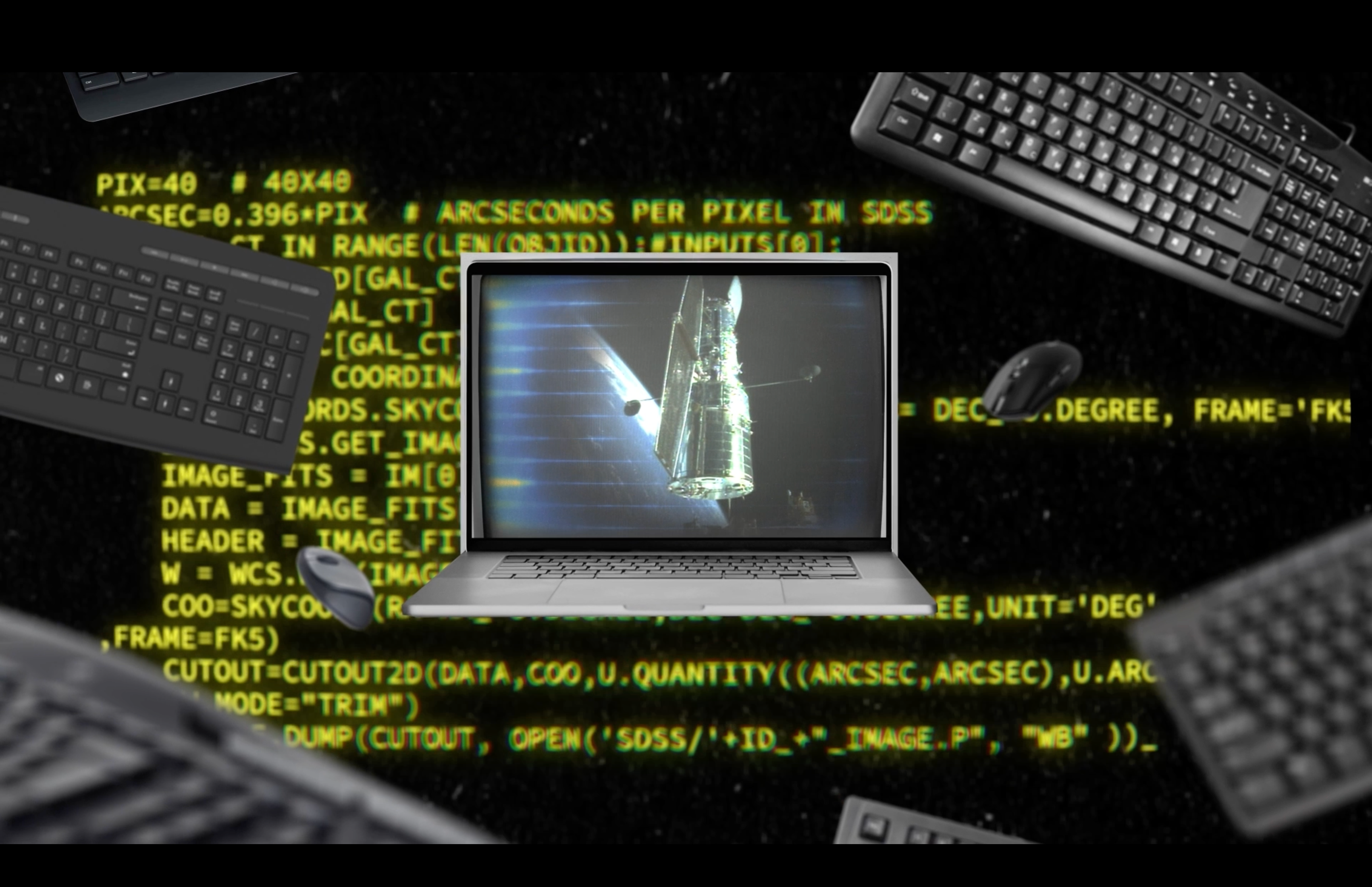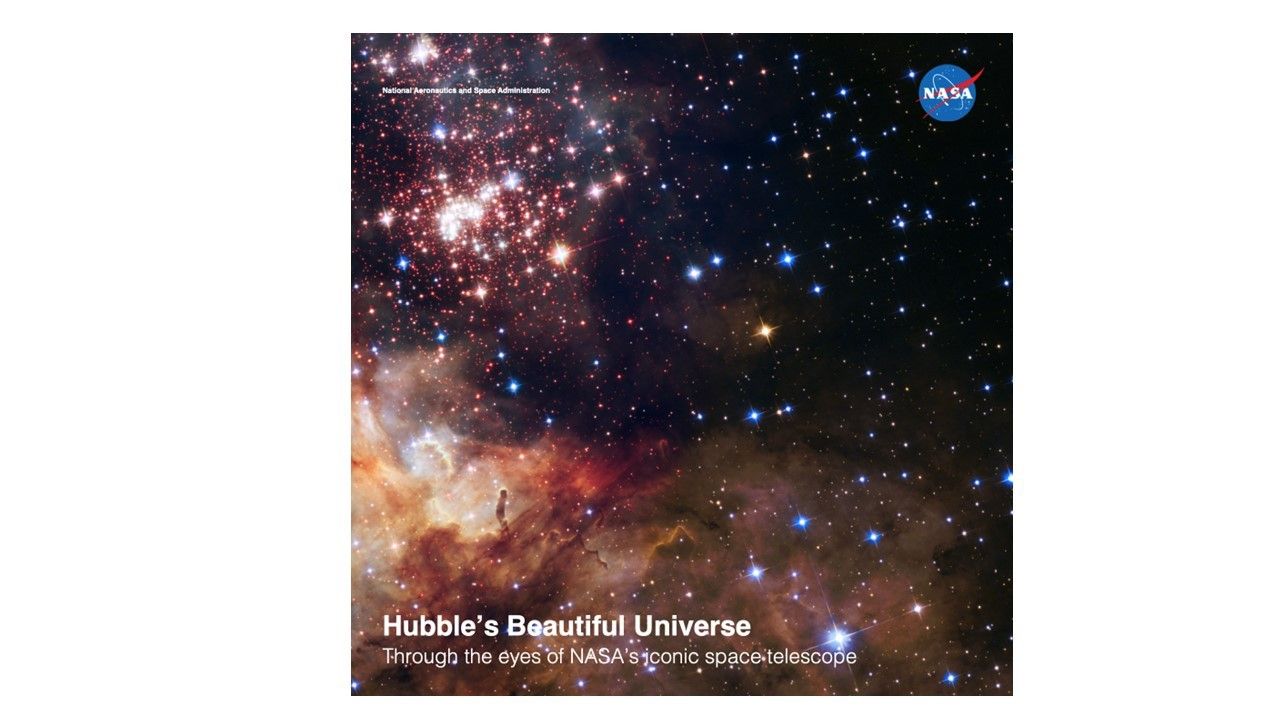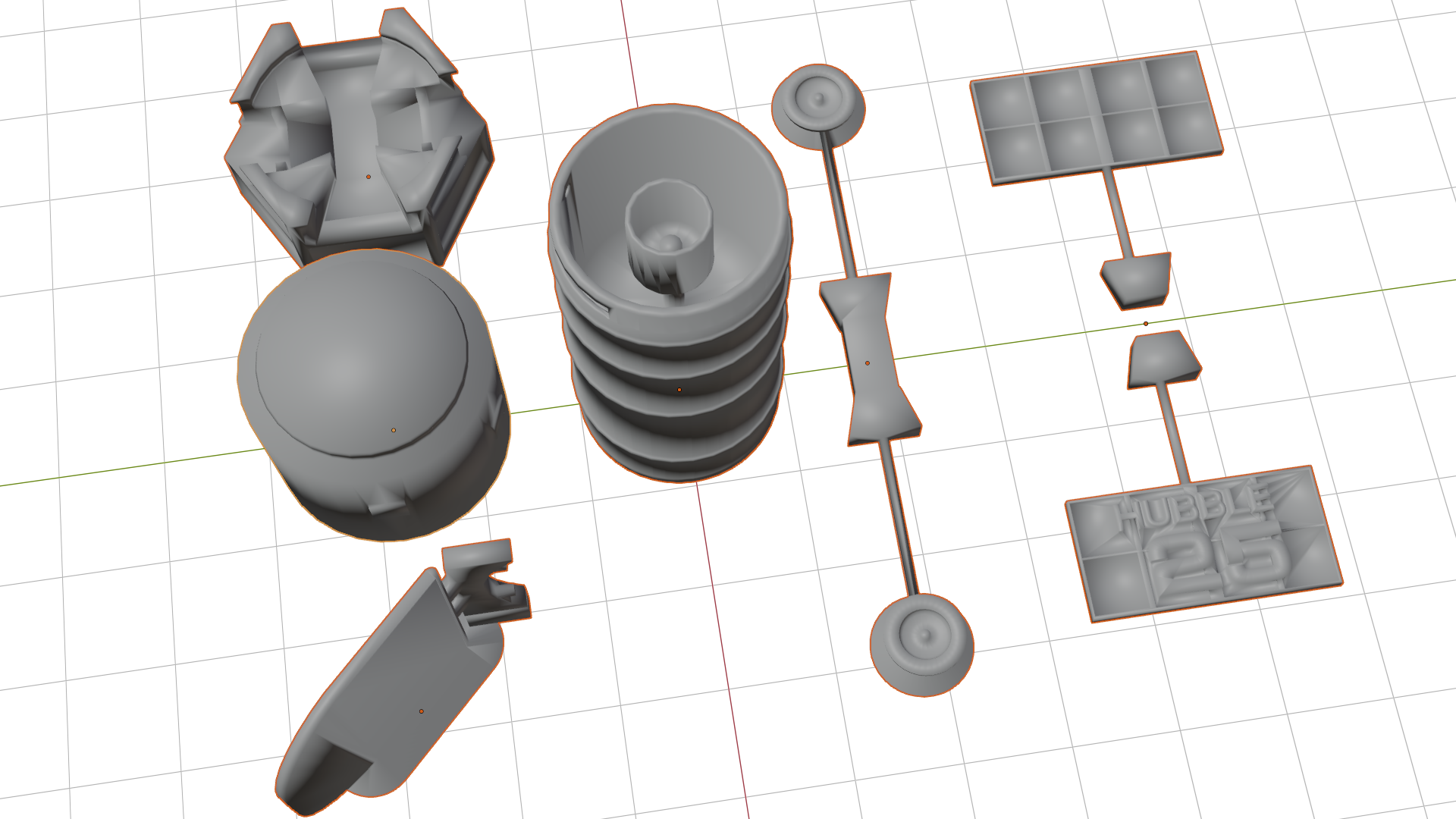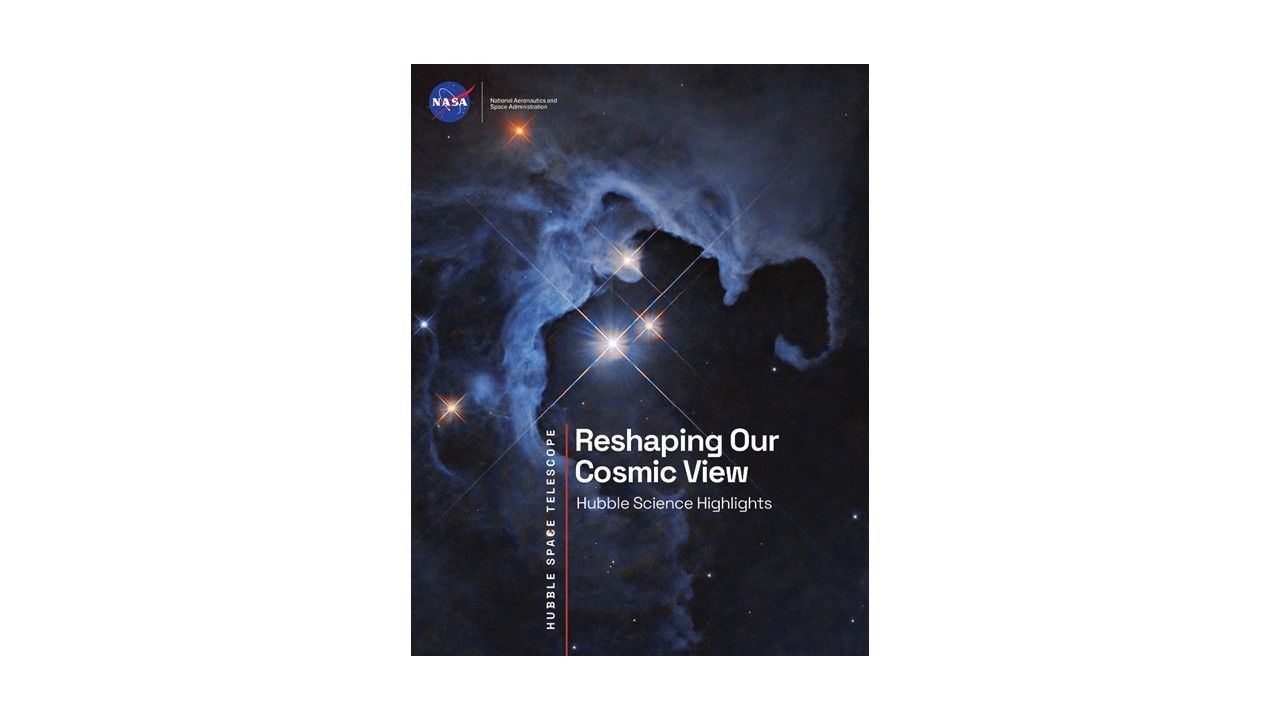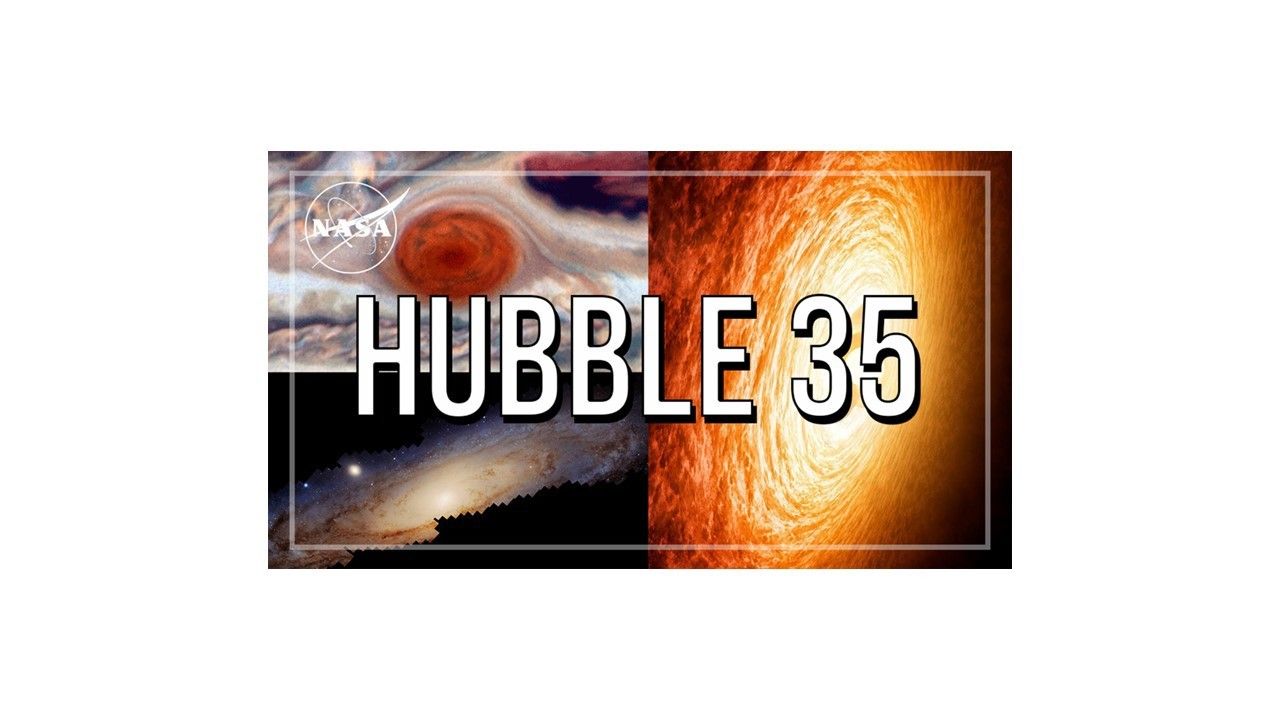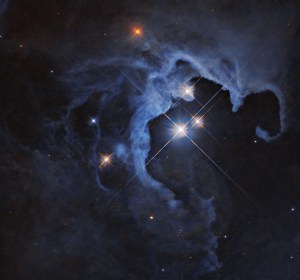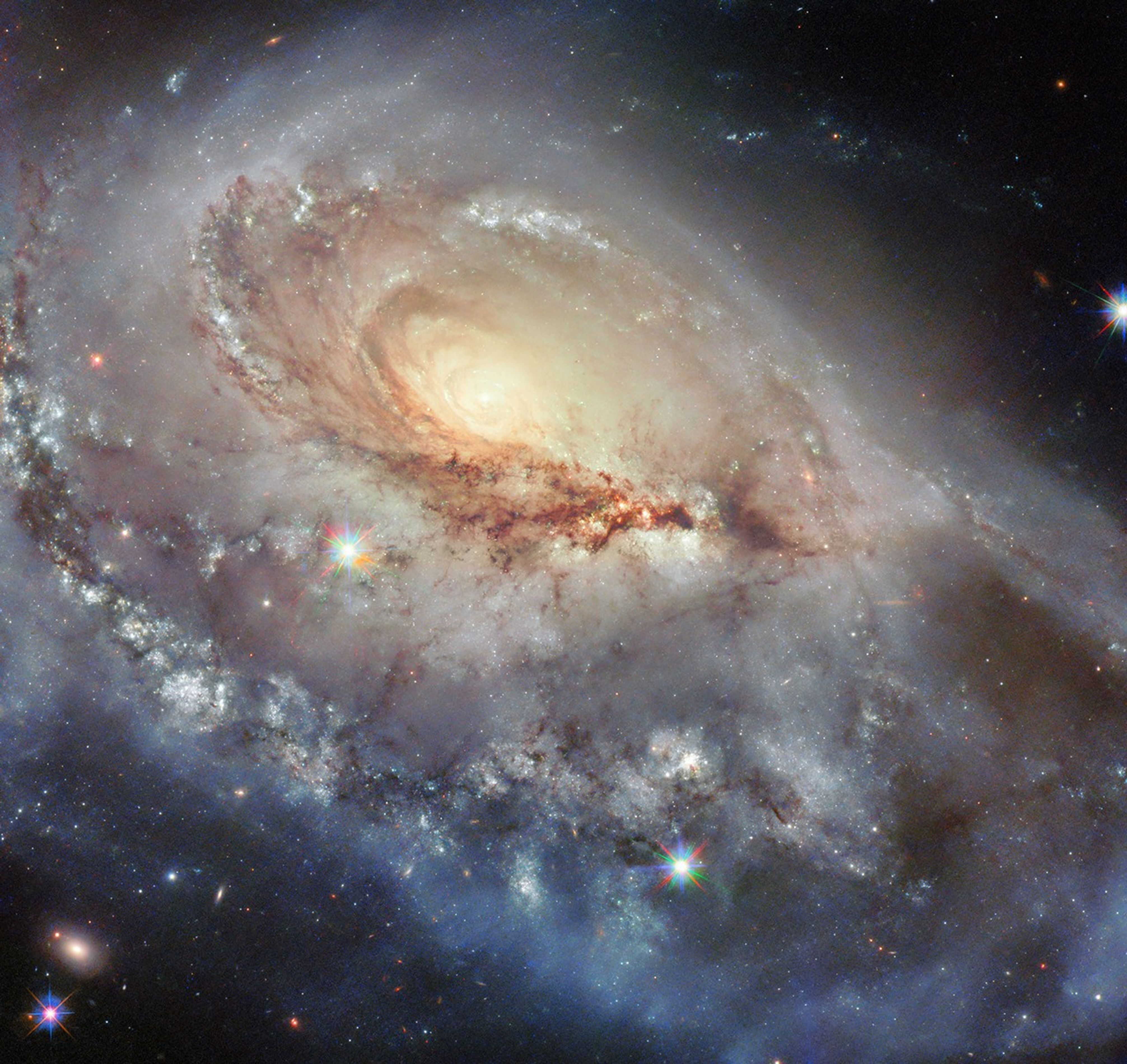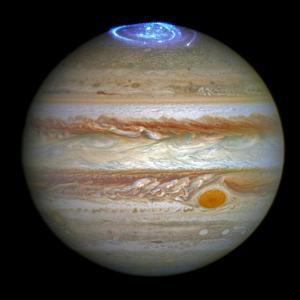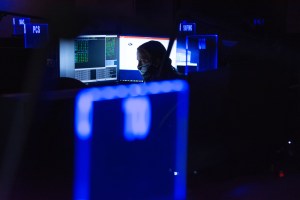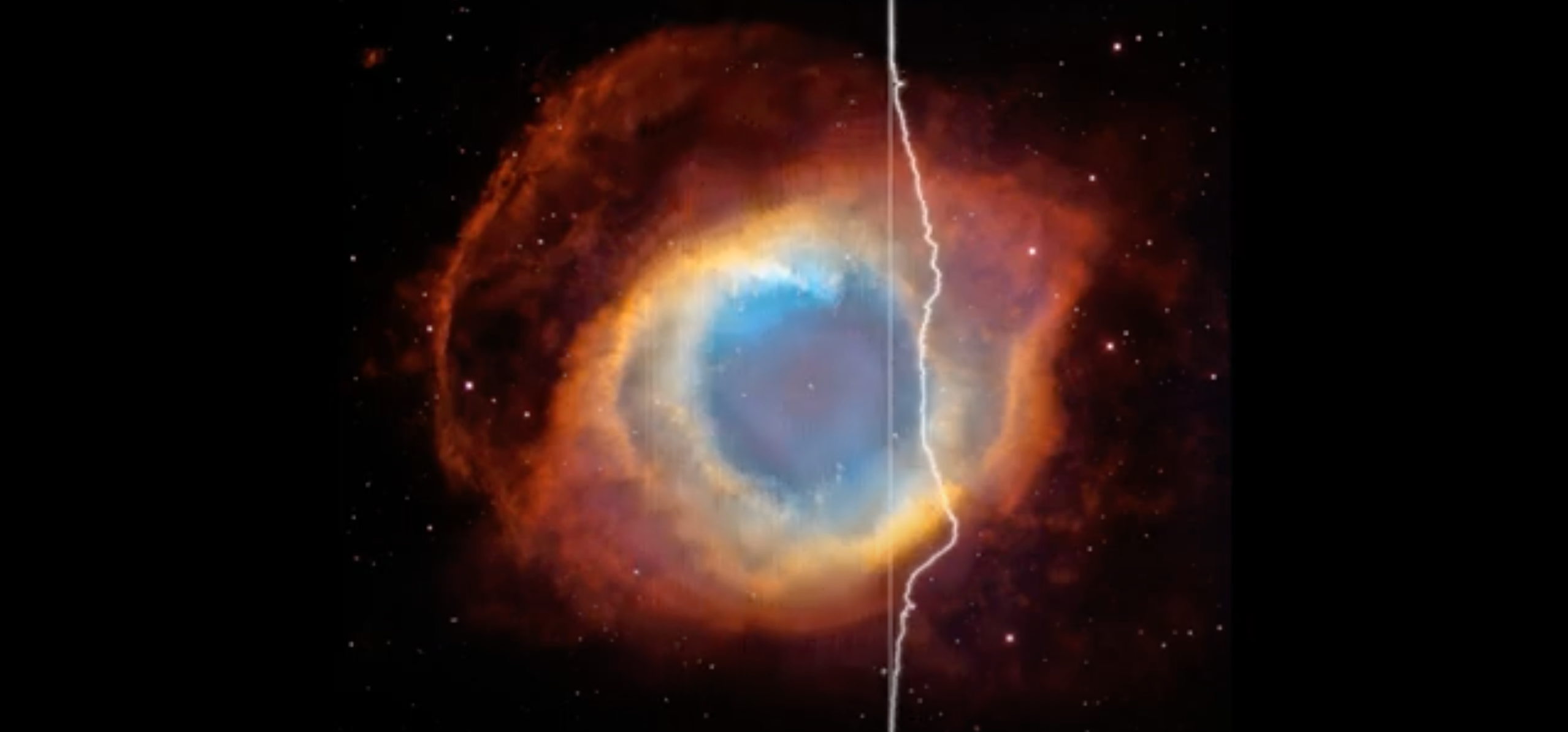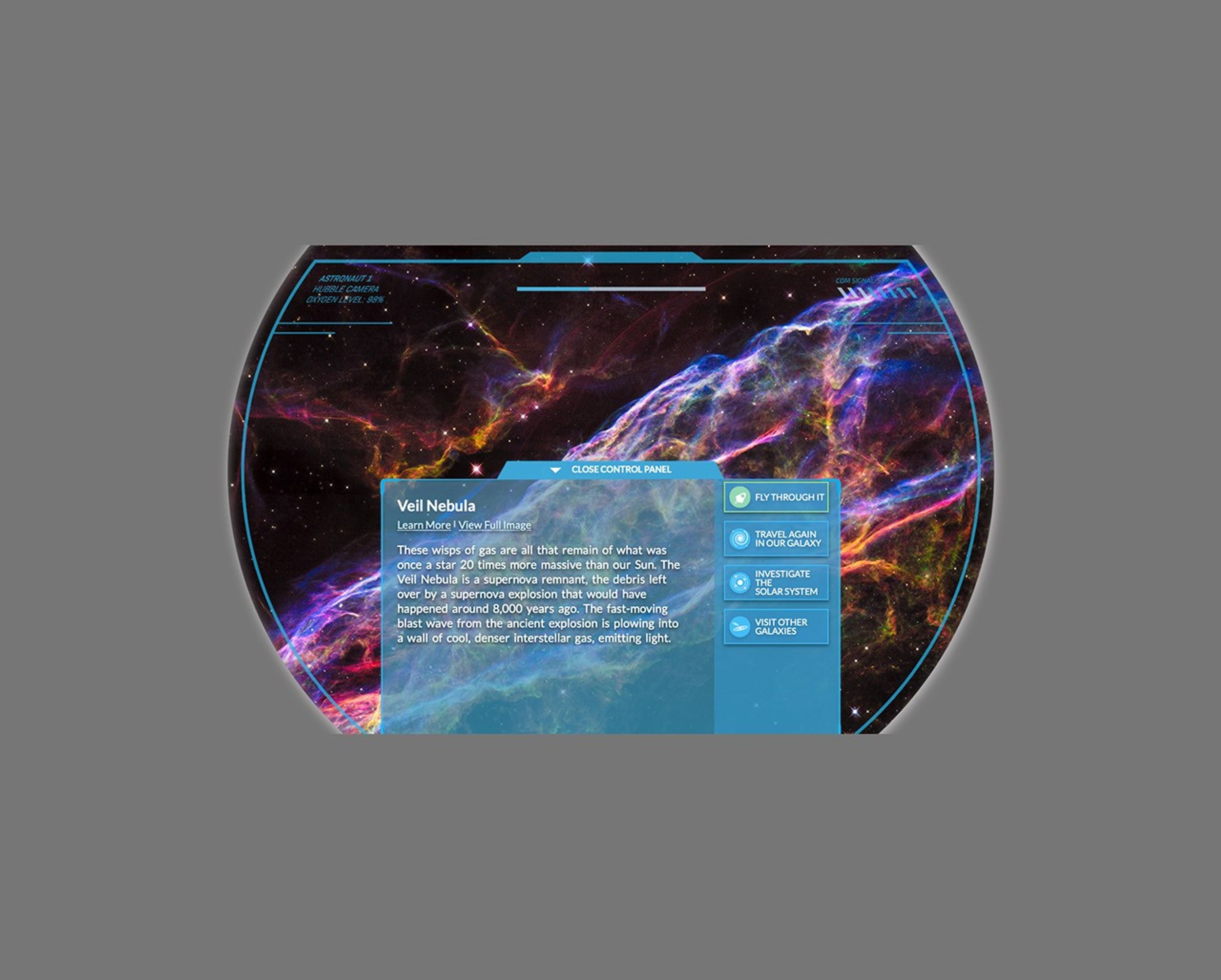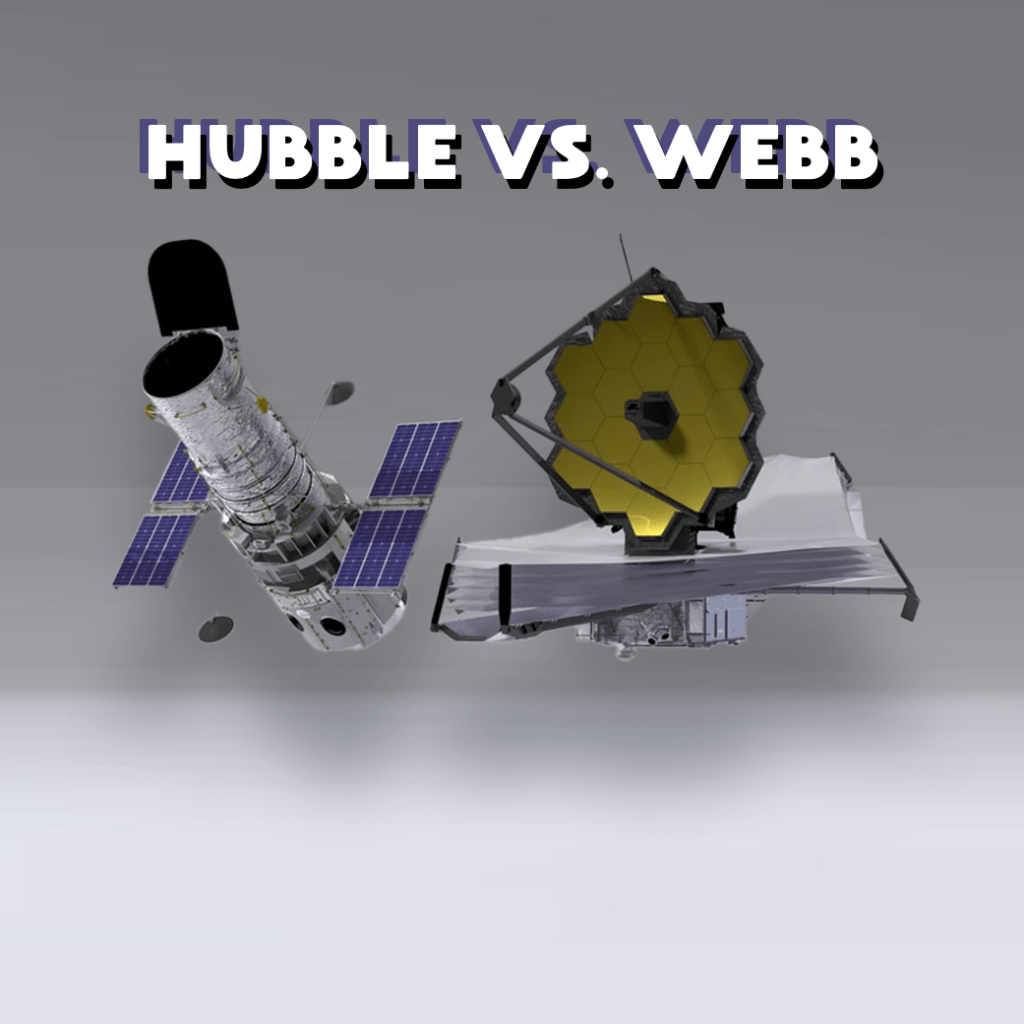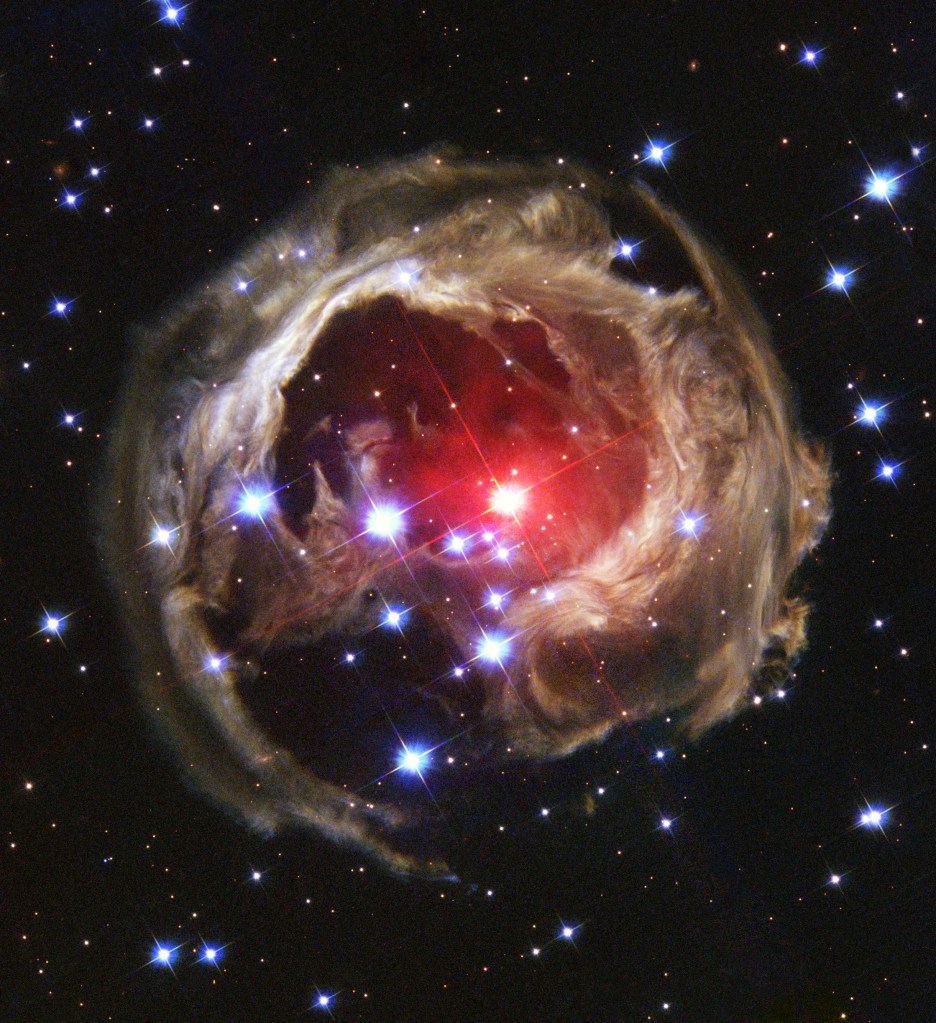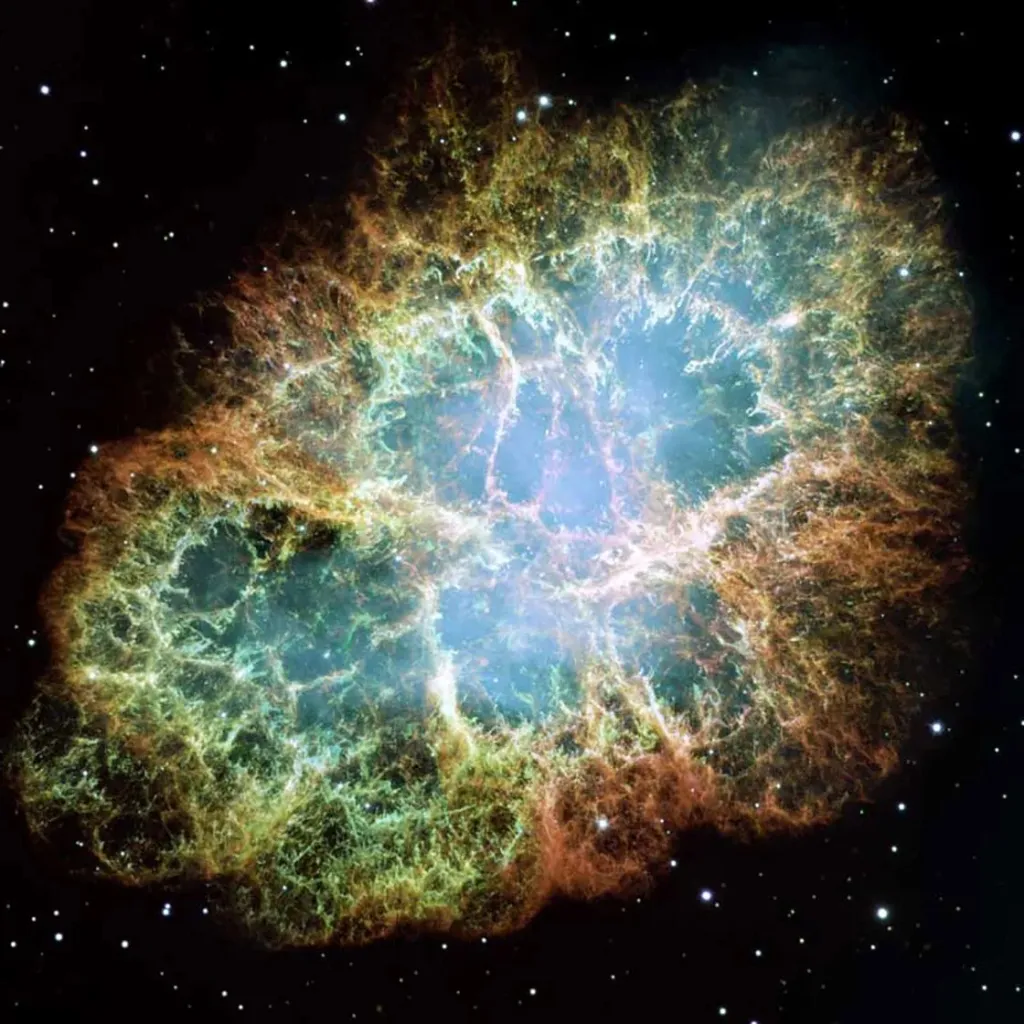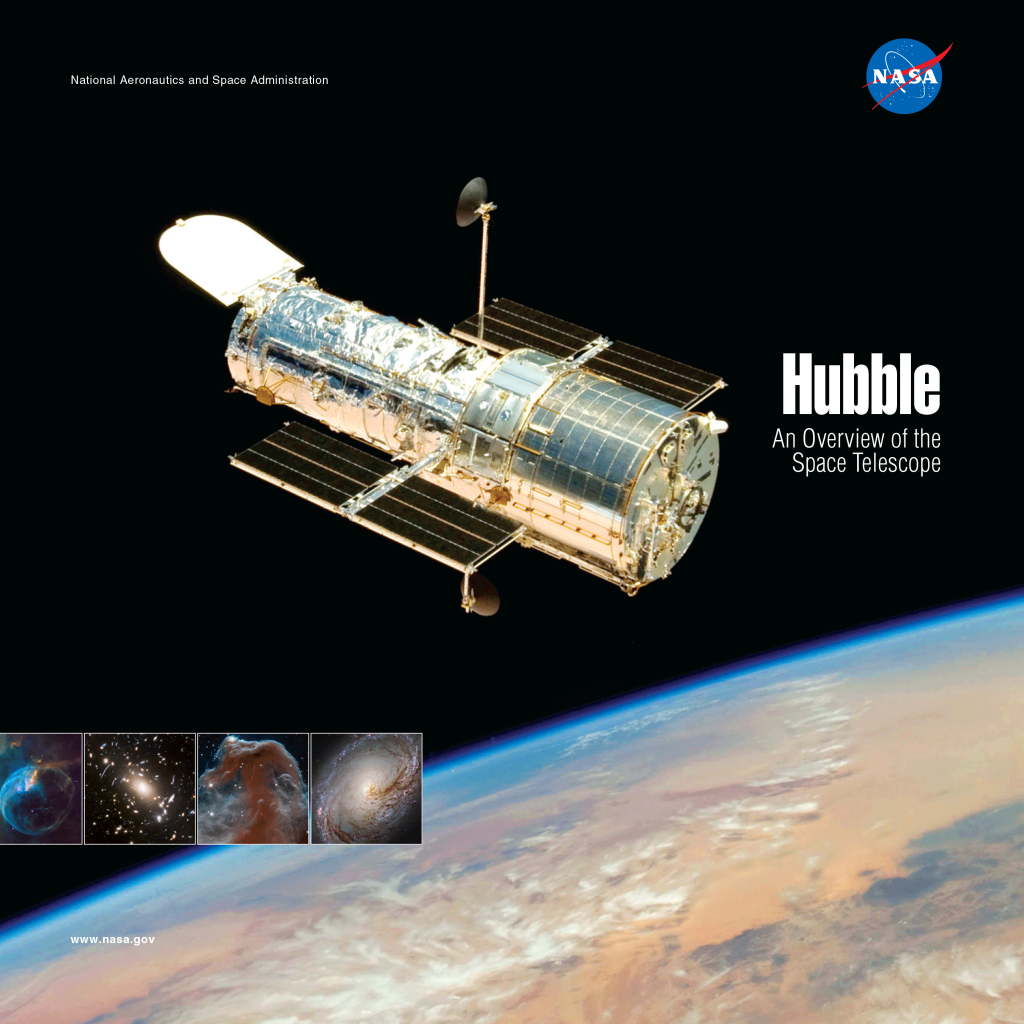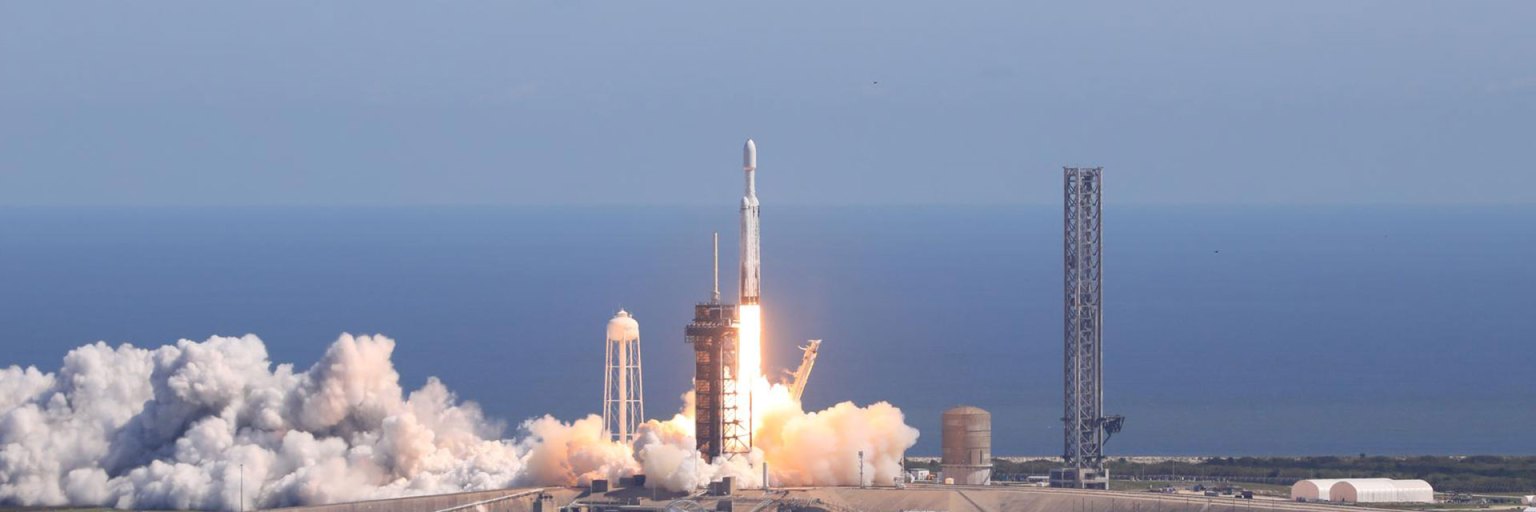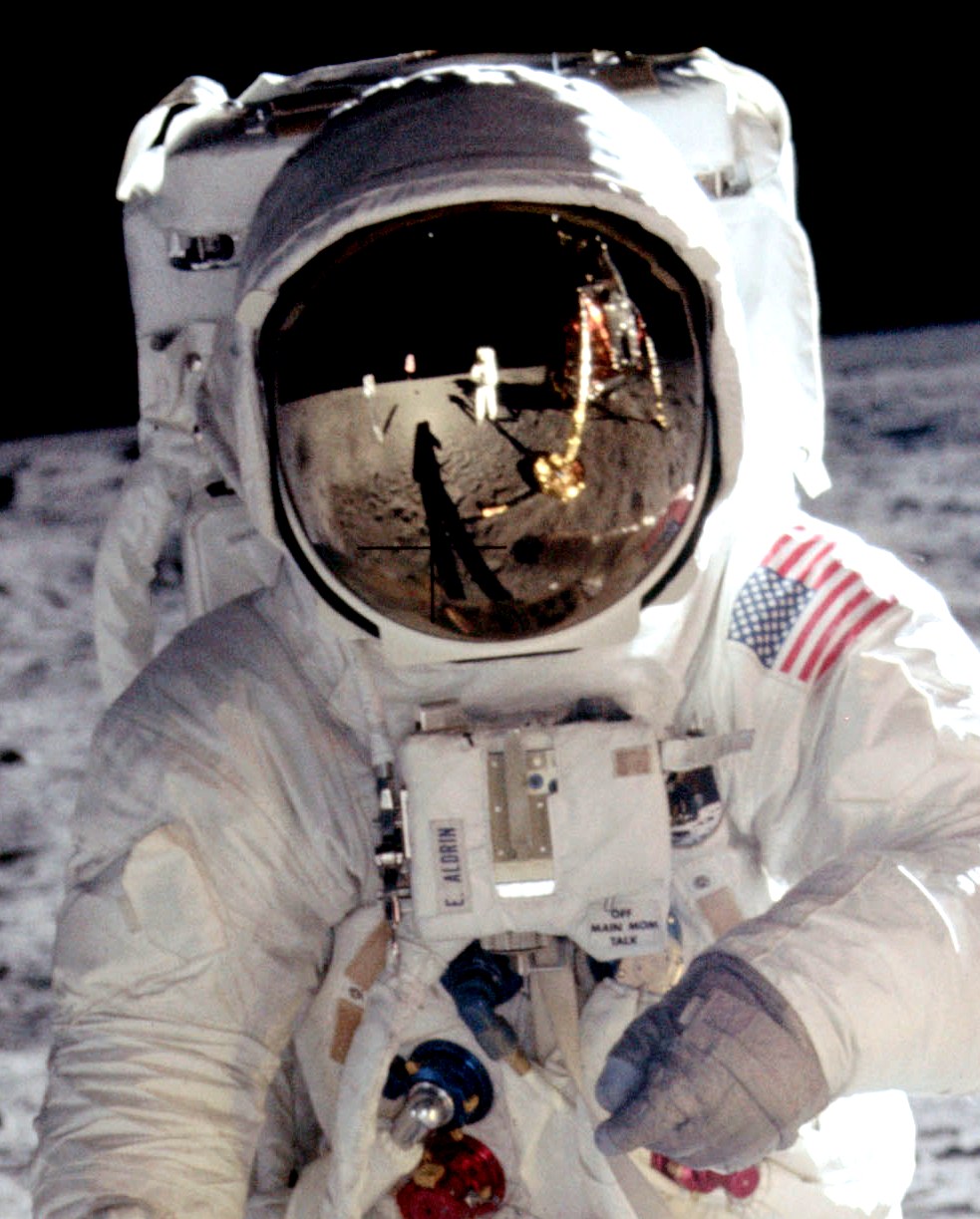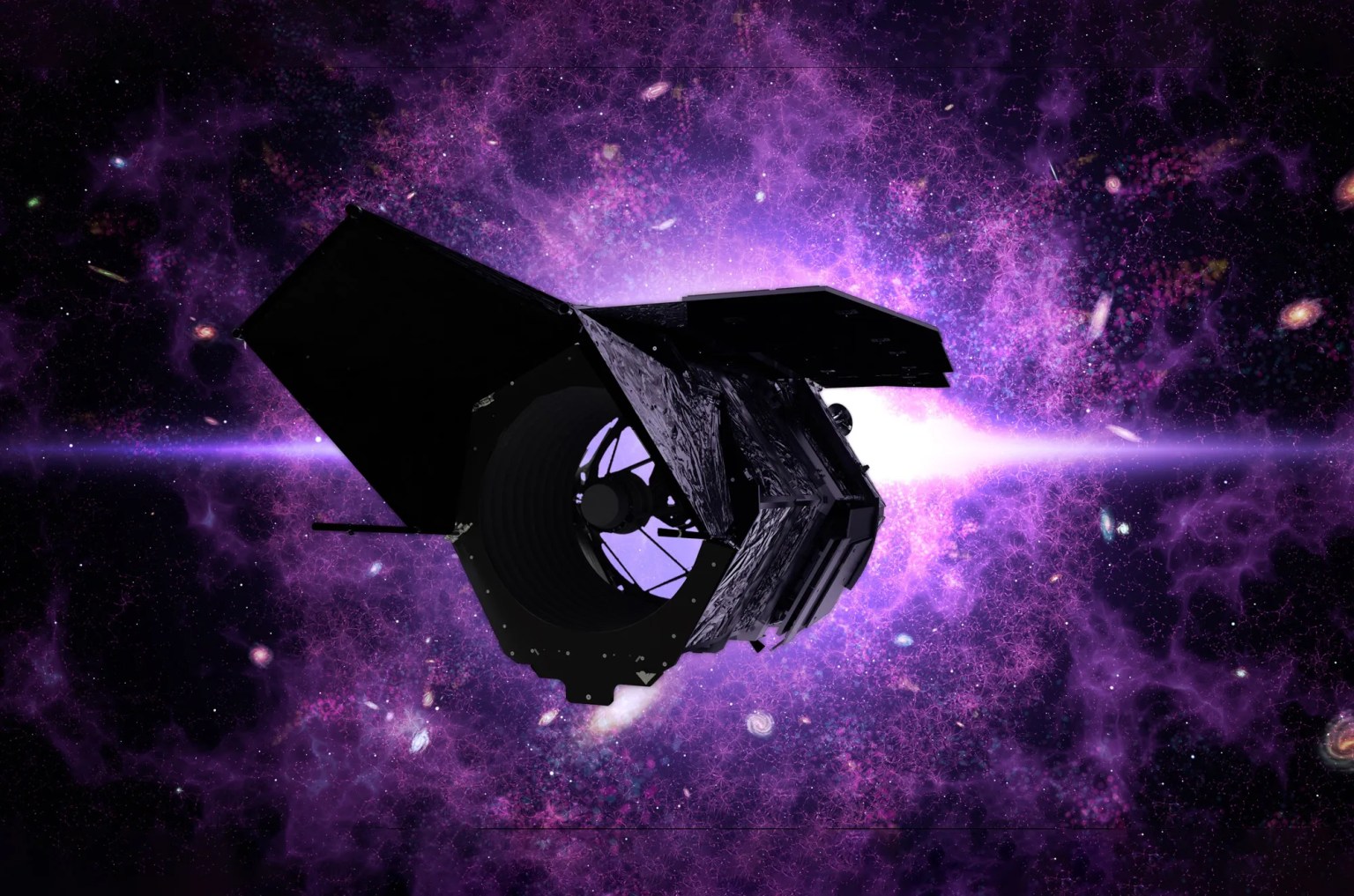Hubble Space Telescope
Since its 1990 launch, the Hubble Space Telescope has changed our fundamental understanding of the universe.
Night Sky Observing Challenge
Hubble observations
Ciencia Hubble

Hubble's Latest Features
Image Galleries
Explore Hubble's media galleries to view and download high-resolution Hubble images of the universe, mission operations, Hubble astronauts, and more!
What Did Hubble See on Your Birthday?
Hubble explores the universe 24 hours a day, 7 days a week. That means it has observed some fascinating cosmic wonder every day of the year, including on your birthday.
Check Out Your Birthday! about What Did Hubble See on Your Birthday?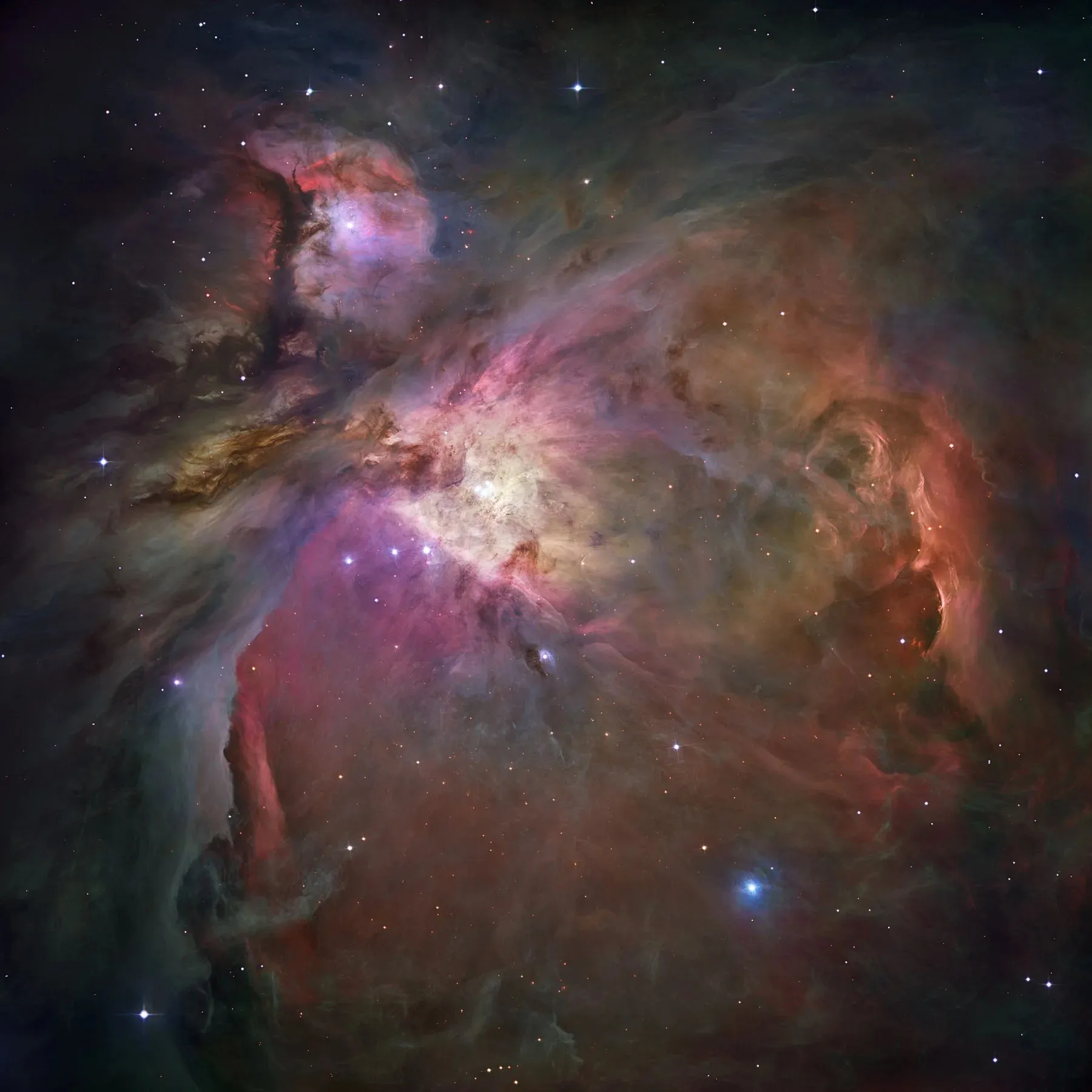
More Hubble Online Activities
Celebrating 35 Years of Discovery
Hubble's Night Sky Observing Challenge
Celebrate 35 years of Hubble observations with our yearlong stargazing adventure!
Each month in 2025, the Hubble team will release a new set of objects for you to explore. Compare your view to Hubble’s, then submit your observations to the Astronomical League to earn recognition for your achievement.
Join the celebration about Hubble's Night Sky Observing Challenge